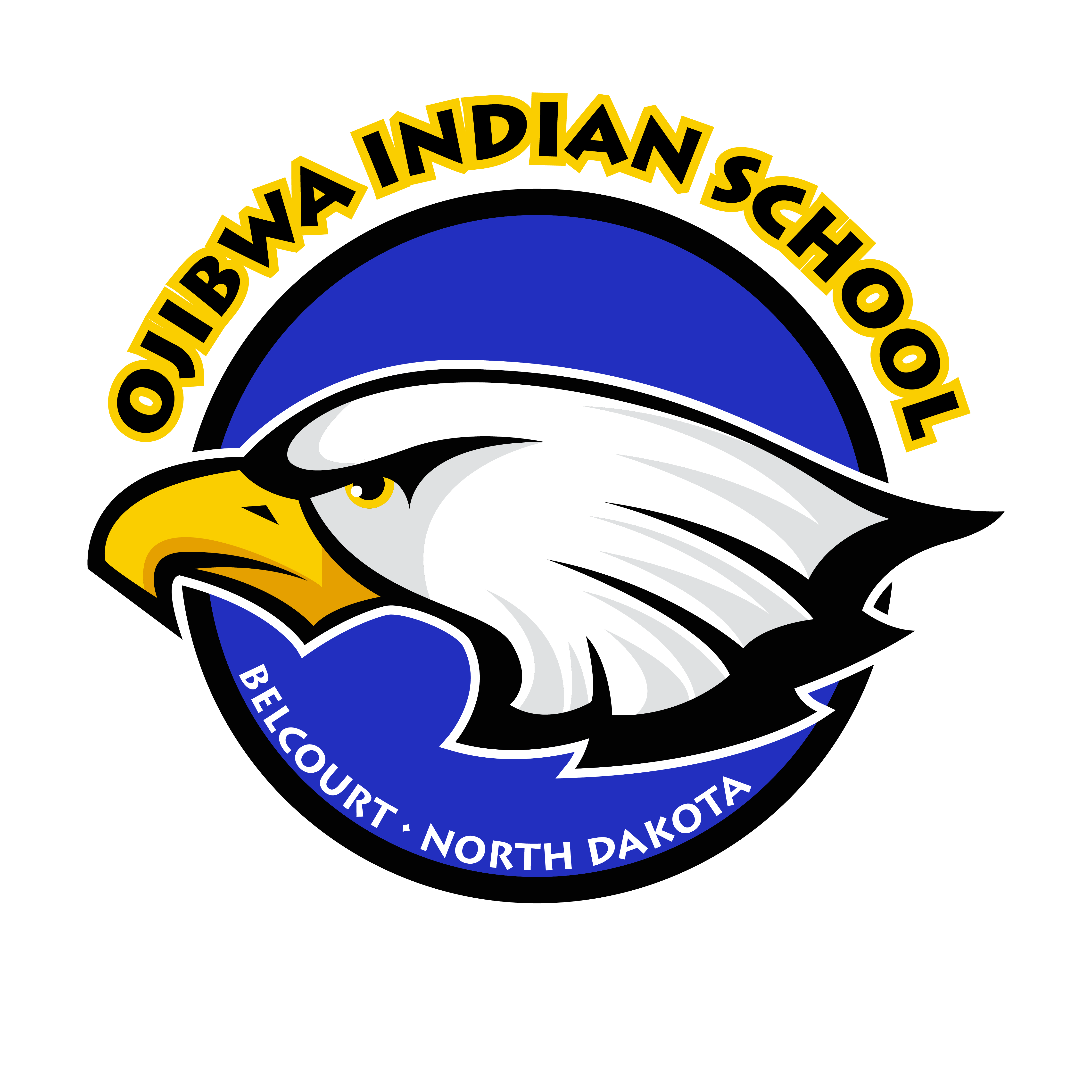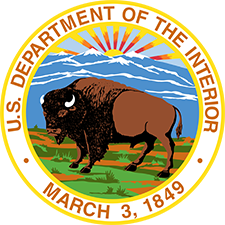Our History

Establishment and Evolution of the School Building
St. Mary’s Indian Industrial School, established in 1885, and Fort Totten Industrial School played pivotal roles in educating Native children in North Dakota. While these schools faced challenges—St. Mary’s was destroyed by fire in 1910, and Fort Totten closed multiple times due to financial issues—they laid the groundwork for Ojibwa Indian School. The roots of OIS trace back to the 19th century when it was first named St. Ann’s and served as a mission school providing foundational education.
Located on the Turtle Mountain Reservation in North Dakota, St. Ann’s became an integral part of a broader effort to educate the region’s Chippewa children. In 1974, the school transitioned into tribal control under the Turtle Mountain Band of Chippewa Indians and was renamed Ojibwa Indian School. This shift symbolized a significant step toward self-determination in education for the Chippewa people.
Following its renaming and transfer to tribal governance, Ojibwa Indian School expanded its facilities and programs to better serve the needs of its students. Modern classrooms, cultural spaces, and technology labs reflected the school’s commitment to academic excellence and cultural preservation. OIS established itself as a beacon of educational empowerment for the Turtle Mountain Chippewa community.
Development of the Learning Environment at Ojibwa Indian School
Ojibwa Indian School set out to provide a nurturing, inclusive, and dynamic learning environment tailored to the unique needs of its students. The OIS educational program was designed to foster intellectual, emotional, social and physical development through a holistic curriculum that blends academic rigor with cultural education.
The OIS teaching staff emphasized individualized instruction, recognizing each child’s unique strengths, values, and cultural traditions. By adopting a personalized approach, OIS teachers ensure that every student can reach their full potential. Academic programs included foundational subjects such as language arts, mathematics, science, social studies, physical education, as well as Native culture and language studies.
Cultural education emerged as a cornerstone of the OIS experience. The curriculum incorporated the Chippewa language, history, and traditions into daily lessons, fostering a deeper appreciation and sense of pride in students’ heritage. This focus was further supported by the Licensure of North Dakota American Indian Language Instructors Act of 1995, which allowed fluent tribal speakers to serve as certified educators.
Beyond academics, OIS offered a variety of extracurricular activities, including sports, music, and cultural events. The residential program provides students a safe and supportive “home away from home,” cultivating friendships, independence, and a sense of community. Through its holistic approach, OIS prepares students for success within and beyond the reservation.
The Turtle Mountain Chippewa Community
Established in 1882, the Turtle Mountain Reservation serves as the heart of this vibrant Chippewa community. The Chippewa people have maintained their language, customs, and traditional practices despite challenges caused by displacement and assimilation. Ojibwa Indian School plays a crucial role in this endeavor, serving as both an educational institution and a cultural hub.
The Turtle Mountain Band of Chippewa Indians has a long history marked by resilience and adaptability. Central to this resilience is the community’s emphasis on education to preserve their heritage and secure a brighter future for the next generation. The community’s origins trace back to Ojibwe migrations from the Great Lakes region, where they were known for their deep connection to the land, skilled craftsmanship, and rich oral traditions.
By teaching the Chippewa language, traditional crafts, and history, the school ensures that the values and identity of the Turtle Mountain people are passed down through generations. Community members actively participated in school events and initiatives, strengthening the bond between the school and the families it serves.
Connections to Other Tribes and Communities
While Ojibwa Indian School is deeply rooted in the Turtle Mountain Chippewa community, its impact extends beyond the reservation. The school has built and continues to expand a network of connections with other tribal communities, educational organizations, and cultural institutions, creating opportunities for collaboration and mutual learning.
OIS has a long history of welcoming students from diverse tribal backgrounds, enriching the learning environment with various perspectives and traditions. Through inter-tribal events, cultural exchanges and academic collaborations, OIS students gain a broader understanding of Indigenous peoples' shared experiences and unique identities across North America.
Through its dedication to excellence in education, cultural preservation, and community engagement, Ojibwa Indian School serves as a model for Indigenous-led education. By honoring the past while embracing the future, the school continues to empower students, celebrate Chippewa heritage, and strengthen connections within and beyond the Turtle Mountain community.



